Political Law at India
India has a robust and complex political system defined by its Constitution, which was adopted on January 26, 1950. India's political law is shaped by its democratic structure, federal system, separation of powers, and extensive protection of fundamental rights. Below is an overview of political law in India:
1. Constitution of India
Preamble: The Constitution of India begins with a preamble that sets forth the ideals of justice, liberty, equality, and fraternity. It establishes India as a sovereign, socialist, secular, democratic republic.
Federal Structure: India follows a federal system of governance, where powers are divided between the Central Government and State Governments. However, the Indian federation is not as rigid as in some other countries, as the Union Government has greater authority, especially during emergencies.
Parliamentary Democracy: India is a parliamentary democracy, where the Parliament (the legislature) plays a significant role in shaping laws and policies. The Prime Minister is the head of government, while the President is the ceremonial head of state.
2. The Structure of Government
India’s political system is divided into three branches:
Executive:
President: The President of India is the ceremonial head of state, who is elected by an electoral college made up of elected members of the Parliament and the Legislatures of States. The President represents India in international matters, signs bills into law, and has the power to appoint key officials, including the Prime Minister and judges.
Prime Minister and Council of Ministers: The Prime Minister is the head of government and leads the Council of Ministers. The Prime Minister and Cabinet are responsible for the executive functions of the government, including decision-making and implementing laws.
Legislature:
Bicameral System: India has a bicameral legislature, comprising two houses:
Lok Sabha (House of the People): The Lower House is directly elected by the people through general elections held every five years. It is responsible for making laws, representing the people, and approving government policies.
Rajya Sabha (Council of States): The Upper House represents the states and Union Territories of India. Members of the Rajya Sabha are indirectly elected by the members of state legislative assemblies, and some are nominated by the President.
The Lok Sabha plays a primary role in lawmaking, whereas the Rajya Sabha serves as a revising chamber with a focus on representing states’ interests.
Judiciary:
The judiciary in India is independent and is tasked with interpreting laws, protecting fundamental rights, and ensuring justice. The Supreme Court of India is the highest judicial body, followed by High Courts at the state level and lower courts across the country. The Chief Justice of India heads the Supreme Court.
The judiciary has the power to review laws passed by the legislature and strike down those that are unconstitutional.
3. Federalism
Division of Powers: The Constitution divides powers between the Union Government (central government) and State Governments into three lists: the Union List, the State List, and the Concurrent List. The Union Government has authority over matters in the Union List (e.g., defense, foreign affairs), while states have jurisdiction over matters in the State List (e.g., police, agriculture). The Concurrent List contains areas where both levels of government can legislate.
Residuary Powers: Matters not mentioned in any of the lists are under the residuary powers of the Union Government.
4. Election System
General Elections: India conducts general elections every five years to elect members of the Lok Sabha (Lower House) using a first-past-the-post system. The electorate is divided into constituencies, and voters cast their ballots for individual candidates. The party with the majority of seats typically forms the government, and its leader becomes the Prime Minister.
State Elections: Each state in India holds elections to its Legislative Assembly (Vidhan Sabha), typically every five years. The Chief Minister of a state is elected by the majority party or coalition in the state assembly.
Presidential Elections: The President of India is elected indirectly by an electoral college consisting of members of the Lok Sabha, Rajya Sabha, and the Legislative Assemblies of the States and Union Territories.
5. Fundamental Rights and Duties
The Fundamental Rights of Indian citizens are enshrined in Part III of the Constitution, which guarantees rights such as:
Right to equality (Articles 14-18)
Right to freedom (Articles 19-22)
Right against exploitation (Article 23-24)
Right to freedom of religion (Articles 25-28)
Cultural and educational rights (Articles 29-30)
Right to constitutional remedies (Article 32)
These rights are enforceable by the judiciary, and any violation can be challenged in court.
Fundamental Duties (Part IVA): In addition to fundamental rights, the Constitution also outlines the Fundamental Duties of citizens (Article 51A), which include respecting the national flag, promoting harmony, and protecting the environment.
6. Political Parties and Multi-party System
India has a multi-party system with numerous national, regional, and state-level parties. Some major national parties include the Bharatiya Janata Party (BJP), the Indian National Congress (INC), and regional parties like the Trinamool Congress (TMC) and the Aam Aadmi Party (AAP).
Coalition Governments: India often sees coalition governments at both the national and state levels, where multiple political parties form alliances to achieve a majority. This is a feature of the country’s multi-party system.
7. Directive Principles of State Policy
The Directive Principles of State Policy (Part IV of the Constitution) are guidelines for the government to promote social justice and economic welfare. While not legally enforceable, they provide a framework for formulating policies related to education, healthcare, and the protection of workers' rights, among others.
8. Secularism and Social Justice
Secular State: India is a secular state, meaning there is no official state religion, and the state guarantees freedom of religion to all citizens. The government is prohibited from favoring one religion over another.
Social Justice: The Constitution promotes social justice through affirmative action, such as reservations for historically marginalized groups, including Scheduled Castes (SCs), Scheduled Tribes (STs), and Other Backward Classes (OBCs) in education, government jobs, and elected bodies.
9. Emergency Provisions
The Constitution of India provides for the declaration of emergency in three cases: a national emergency (Article 352), a state emergency (Article 356, also known as President’s Rule), and an emergency due to financial instability (Article 360).
An emergency can suspend certain fundamental rights and centralize power in the hands of the President and the Union Government, which has been a point of political contention during periods of crisis.
10. Amendment of the Constitution
The Constitution of India can be amended through a special procedure outlined in Article 368. Amendments require a two-thirds majority in both Houses of Parliament and, in some cases, approval by the state legislatures.
11. Challenges in Indian Political Law
Corruption: Political corruption remains a significant challenge in India. The legal framework aims to tackle corruption through laws like the Prevention of Corruption Act, but enforcement remains an issue.
Electoral Issues: Issues like vote-buying, election violence, and the influence of money in elections have raised concerns about the integrity of the electoral system.
Communalism and Secularism: The challenge of balancing India’s secular nature with the politics of religion continues to be a point of tension, particularly with rising religious nationalism.
Regional Disparities: Political law also grapples with regional inequalities and demands for greater autonomy in various parts of the country, including the northeast and Kashmir.
Conclusion
India’s political law, as laid out in its Constitution, provides a comprehensive framework for governance and the protection of rights. Its parliamentary democracy, federalism, and fundamental rights ensure a system of checks and balances, though challenges remain in areas such as electoral integrity, social justice, and regional tensions.


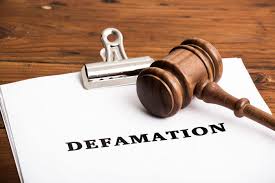



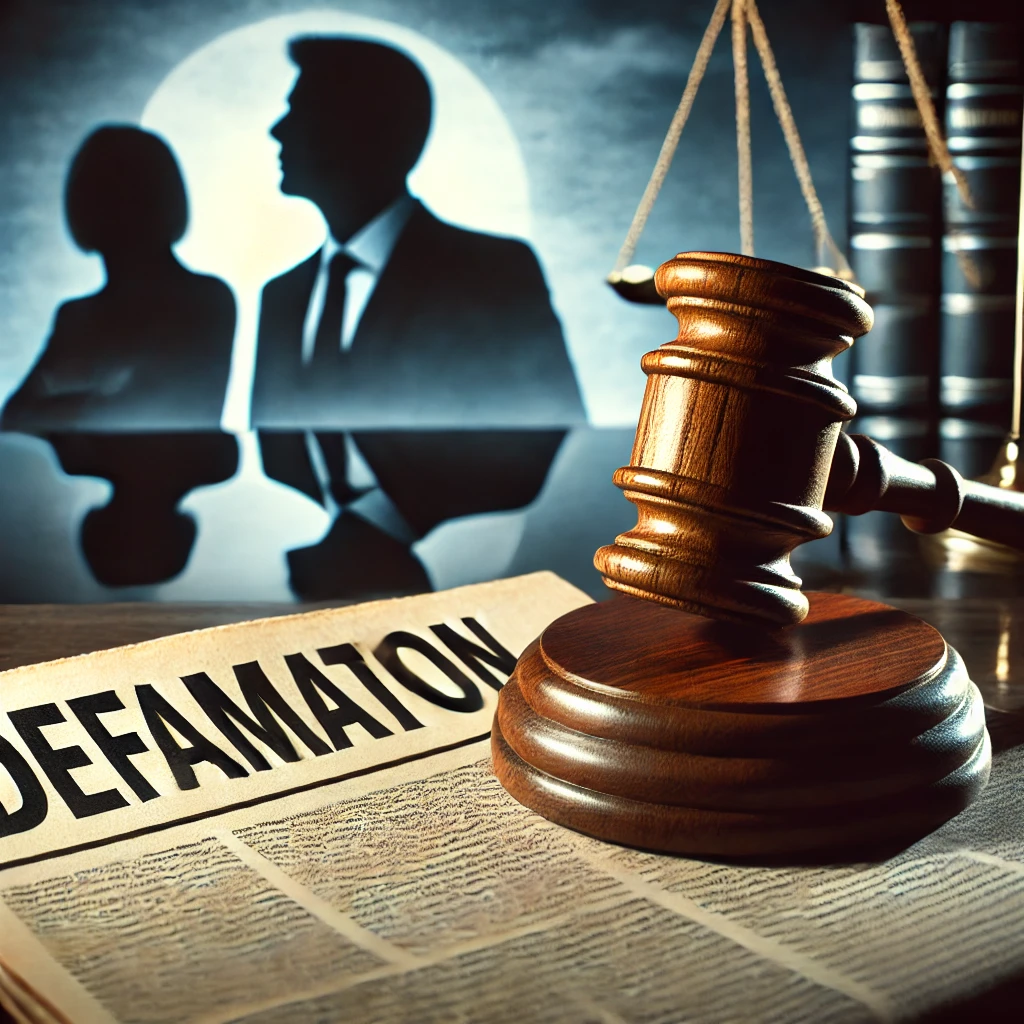
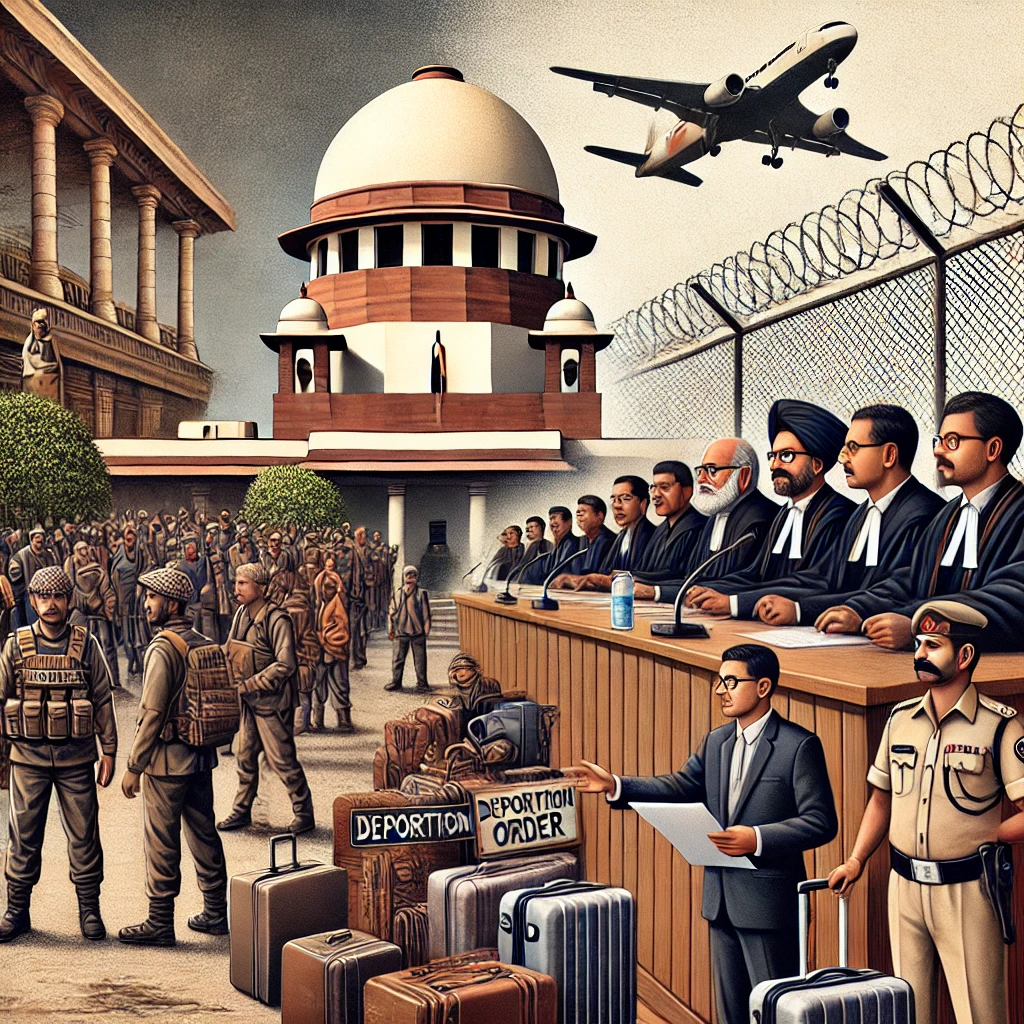

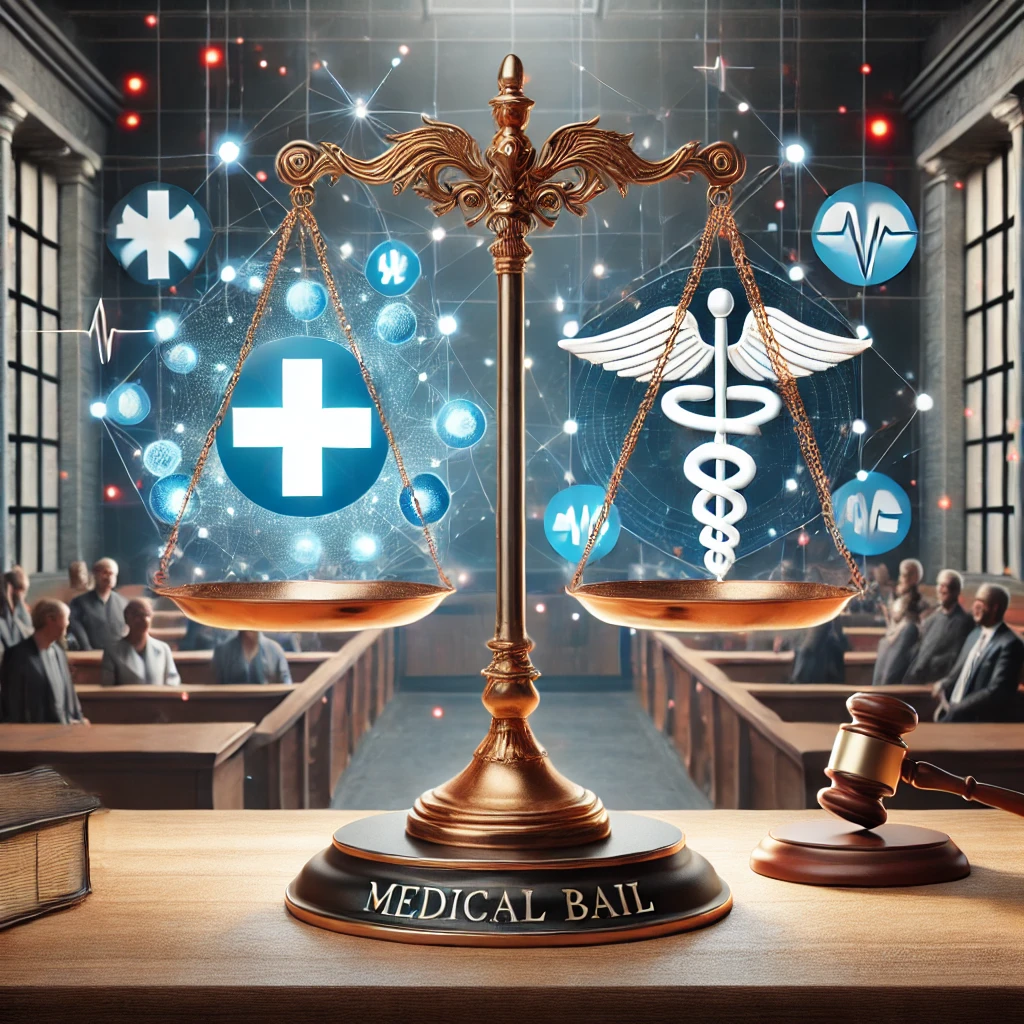







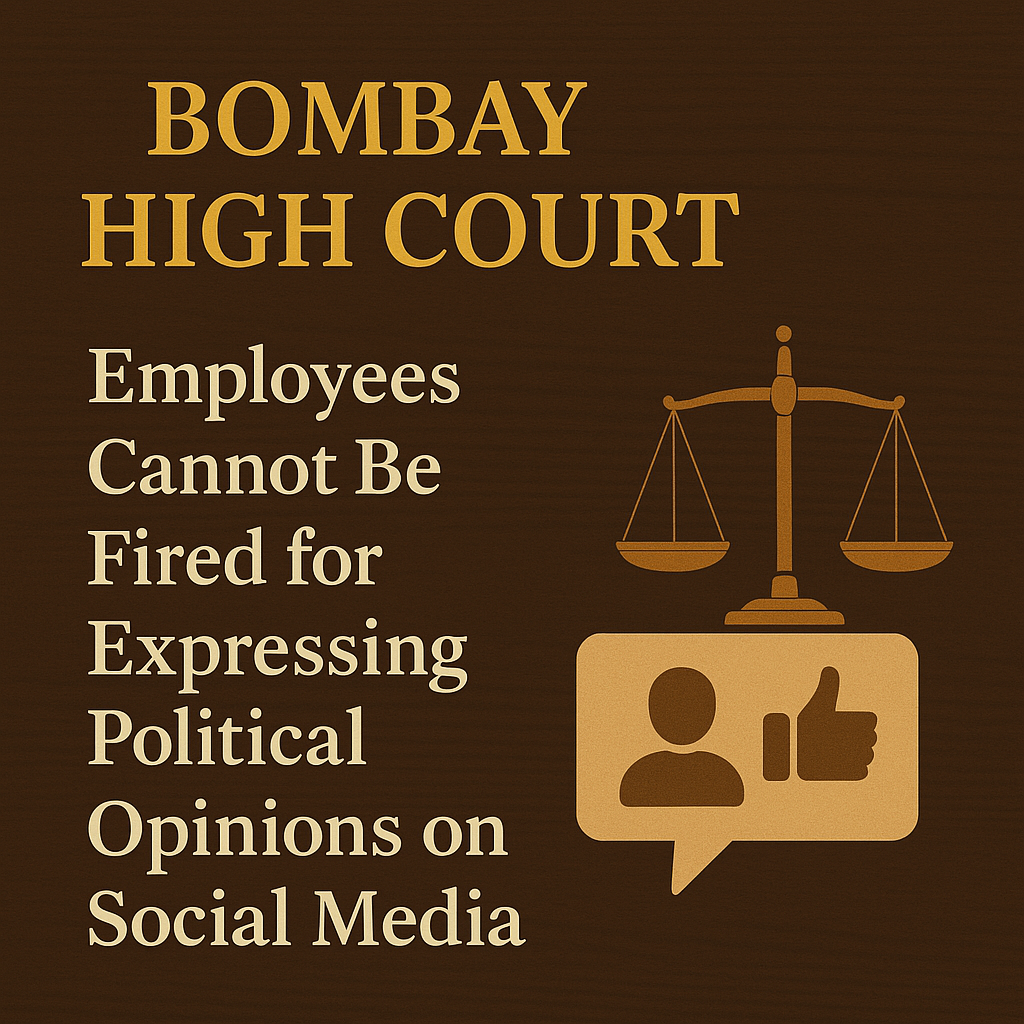



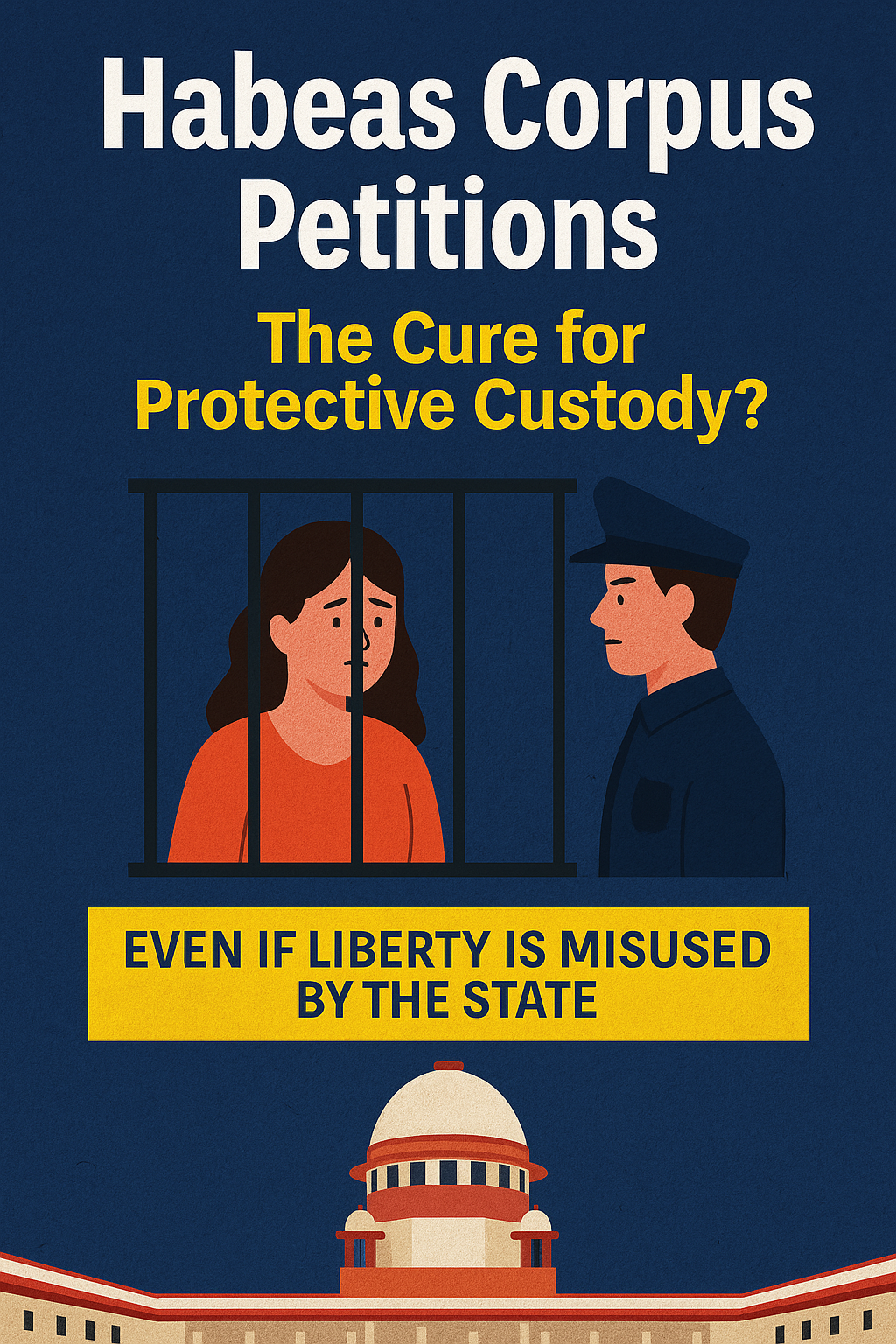
0 comments